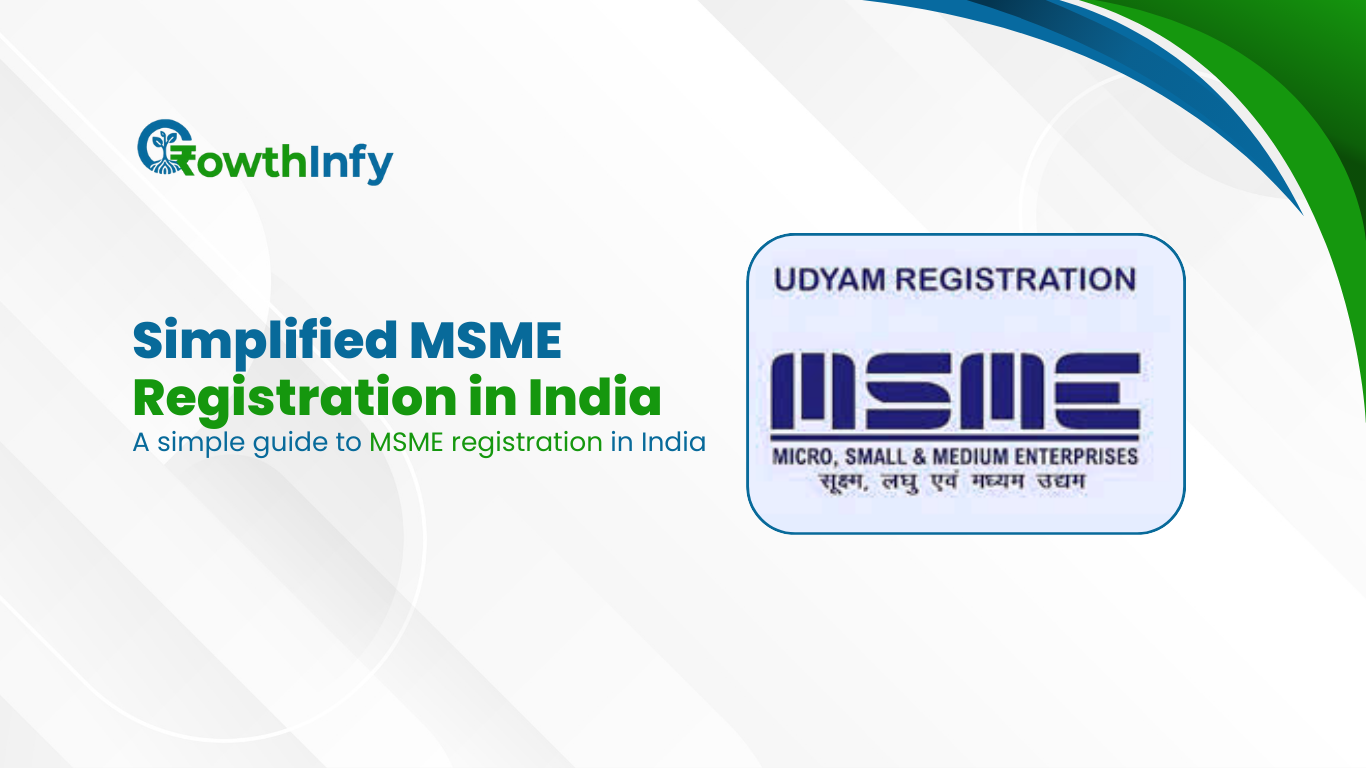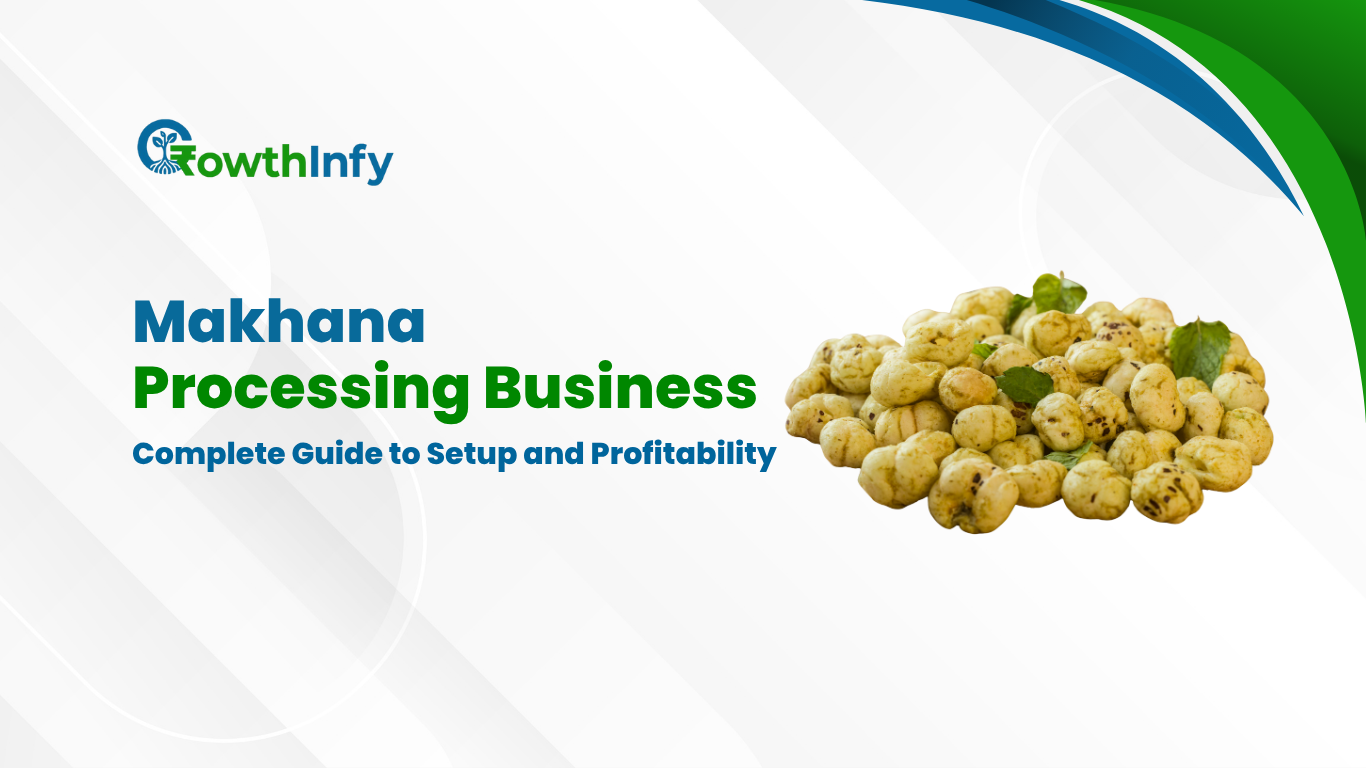MSME Registration in India: Complete Step-by-Step Guide
Micro, Small & Medium Enterprises (MSMEs) play an important role in the economy of India–they create jobs, innovate, and supply local and global markets. Getting MSME registration (or Udyam registration) enables such enterprises to benefit from government assistance, find it easier to get credit, and obtain tax and regulatory benefits, which can lead to improved access to markets.
The government has amended definitions for MSMEs (investment and turnover limits) effective from April 1, 2025. This guide will provide the latest requirements, the online registration process, documentation required, costs (if any), benefits, and recent changes.
What is MSME Registration / Udyam Registration?
- Definition: MSME registration is the process by which firms registered under the Udyam portal with the Government of India and are formally eligible to be classified as Micro, Small or Medium Enterprises. Previously, Udyog Aadhaar / EM–II / UAM were used. Udyam is the new standard.
- Purpose: Recognition so that all support from government schemes like financial support, regulatory support, the marketing support, subsidies support, limited liability etc. Benefits of MSME registration include access to schemes and responses easier for loans and protection against delayed payments.
Latest (2025) MSME Classification Criteria
Starting 1 April 2025, the government revised the definitions of MSMEs in terms of investment in plant & machinery (or equipment) and annual turnover.
MSME Type | Investment Limit (Plant / Equipment) | Turnover Limit |
Micro | Up to ₹2.5 crore | Up to ₹10 crore |
Small | Up to ₹25 crore | Up to ₹100 crore |
Medium | Up to ₹125 crore | Up to ₹500 crore |
If your enterprise falls within these thresholds, you are eligible for Udyam / MSME registration.
Who Can Apply / Eligibility
- Individuals, sole proprietors, partnerships, LLPs, private or public firms, charitable trusts, cooperative societies, Self Help Groups, etc.
- The business must meet the revised investment and turnover qualifications as mentioned above.
- Aadhaar and PAN are needed for the proprietor/partners/directors. GSTIN must be provided if the entity is already registered under the GST law.
Documents Required
One of the benefits of Udyam registration is minimal documentation. Mostly self-declarations & verification via government databases. Key items you’ll need:
- Aadhaar number (of proprietor / partners / directors) for identity & address verification.
- PAN card / PAN number.
- Business address. Basic address information. Utility bills etc. (if asked/prompted) — but mostly self-declared.
- Investment in plant / equipment & turnover. All will be declared and validated via PAN, GST, etc.
- In a lot of cases, you won’t even upload extensive documents. Udyam portal auto-fetches PAN/GST linked info when applicable.
Step-by-Step Process: MSME Registration Online
Here’s how to complete MSME registration online (via Udyam) in 2025:
- Visit the Udyam Registration Portal (official government page).
- Select appropriate category: New Entrepreneurs (who have not registered under Udyam / UAM / EM-II etc.) or Previously registered UAM / Udyog Aadhaar. A.Enter 12-digit Aadhaar number & name; receive and validate OTP.
- Provide PAN details; validate from the government database.
- Enter details about the enterprise: business name, address, type of business, date of commencement etc.; details of the level of investment and turnover.
- Otherwise, declare primary activity (manufacturing or service or trading), enter NIC code etc.
- Then submit and generate the final OTP; complete.
- Upon successful verification, Udyam Registration Number and e-certificate are generated.
Time Taken: Usually instantaneous to a few hours / a day for certificate (depending on correctness of details).
MSME Registration Fee
- Cost / Fee: There is no charge to register under Udyam/MSME registration scheme. The government does not charge a registration fee.
- Be careful of third party/consultant services. They may charge a service fee to help you fill out forms etc. That is optional and not part of the government charge.
MSME Registration Certificate & Validity
- After registration, you will receive an e-certificate with a Udyam-Registration Number (URN) / Reference Number. The certificate also contains a QR Code with all your enterprise details.
- The certificate will last for your lifetime, as long as the enterprise continues to exist and all details mentioned are correct, it does not have an expiry per se, unlike some previous registrations.
Benefits of MSME Registration
Registering as an MSME provides multiple advantages. Some of the key ones are:
Recent Developments / Changes to Know (2025)
- Revision of classification (from April 1, 2025): The investment and turnover restrictions have been increased considerably when compared to the table above, which makes it easier for smaller organizations to get included in the “Small“ or “Medium“ classification.
- PhonePe‘s Udyam Assist Platform: A new partnership with fintech has made fully digital Udyam registration for merchants possible doing everything through PhonePe (which will further streamline the Udyam registration process).
- Counties ramping up registrations: Based on the most recent statistics, there are over 4.77 crore MSMEs registered under Udyam as of mid-2024.
Potential Drawbacks / Things to Watch Out For
- Declaring incorrect turnover or investment figures could result in problems or de-registration. So it is important to provide accurate information.
- MSME registration does provide many benefits, but it does not replace other official / tax / regulatory registrations which you would need to obtain (example, GST, trade license, environmental clearance etc.).
- Many benefits (i.e. subsidy / loan etc.) require you to additionally apply for the benefit with supporting documents and/or comply with obligations.
Common FAQs
Conclusion
MSME Registration (Udyam Registration) is one of the most effective tools for small and medium enterprises in India. With the revisions made operational in 2025, there are qualifying “favourable“ criteria available to even more businesses. The entire process has been simplified, mostly online and all at no cost. If you are running an enterprise that meets the criteria, registering as an MSME could open you up to benefit from many things including easier access to credit, subsidies, as well as better access to government support & markets.




